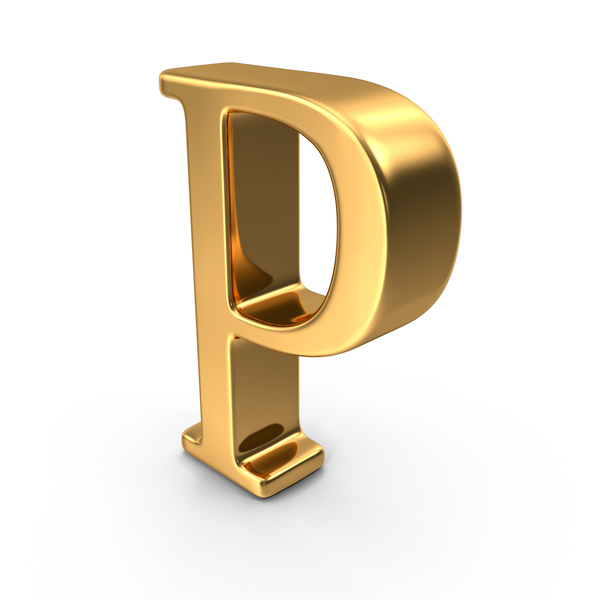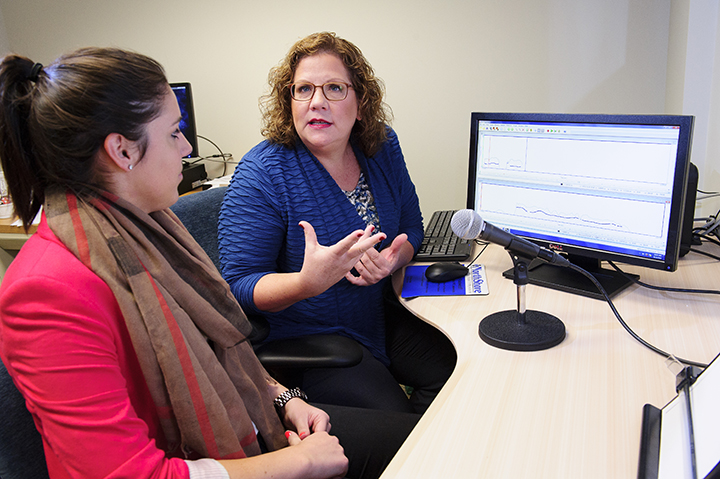The muscles of the speech apparatus, like any other muscles of the human body, need targeted development through systematic training. This can be done with the help of articulatory gymnastics - specially selected exercises for the lips, tongue, cheeks, lower jaw.
Signs of disturbed sound pronunciation
Sound disturbances in children are diverse: the absence of sounds, their replacement with other sounds, distortion. This affects, as a rule, children 1.5-2 years old ("porridge in the mouth"). In older children, the pronunciation defect can be single: the child skips, distorts or replaces one sound. However, there are numerous disorders in the normal development of the nervous system and speech apparatus.
The formation of sound pronunciation most actively occurs in a child at 4-5 years old. By the age of 6, he should pronounce all the sounds of his native language correctly. If children do not conduct special preventive classes, then the defective pronunciation of sounds can be fixed in speech for life.
Causes of defects in sound pronunciation in children
Causes of mispronunciations can be:
- disturbances in physiological and phonemic hearing (inability to differentiate sounds by ear);
- violations of the structure of the speech apparatus and / or its muscle weakness: short or long tongue, short hyoid fold (frenulum), defects in the development of jaws, teeth;
- wrong sample of speech of people around - children and adults;
- lack of attention on the part of adults to problems with speech in the child.
In kindergartens, articulation gymnastics for preschoolers is carried out as part of musical and physical education classes, classes for the development of speech, physical education. In addition, the teacher and the speech therapist organize individual lessons with children who have speech defects.
The structure of the articulation gymnastics complex
An approximate plan of the articulation gymnastics complex for preschoolers looks like this:
- Introductory part, organizational moment. The goal is to attract the attention of children (the child), arouse interest and desire to follow the instructions of the teacher (or parent). For example: an adult brings in a toy or picture and says that this hedgehog wants to see how the children learn to make sounds beautifully.
- The main part: a) repetition of the material passed at the previous lessons. The goal is to consolidate articulation, practice a clear pronunciation of familiar sounds, automate them in syllables (words, sentences); b) acquaintance with a new sound - showing its articulation and its consolidation in 3-4 game exercises.
- Final part. The guest (hedgehog) thanks the children, praises them and leaves.
In general, articulatory gymnastics as a means of developing the speech of preschoolers contributes to the development of its expressiveness, phonemic hearing, speech breathing, diction. An older child gets used to monitoring the quality of his own speech and tries to correct errors on his own.
Formation of articulation gymnastics complexes
The selection of exercises for articulation gymnastics for preschoolers cannot be random. They are selected depending on which organs of speech are involved in the formation of a defective sound in a child. The purpose of the exercises is to first teach the child to hold his lips, tongue (static exercises) in the right position, then consciously make the movements necessary for obtaining the correct sound (dynamic exercises). In addition, an air stream of the desired strength and direction is generated.
We give an example. The articulation of the sound "p" is quite complex, requires fine coordination of the movements of all speech organs:
- lips and teeth are open;
- tongue - the tip is raised to the alveoli, is flattened and tense, vibrates under the pressure of an exhaled air stream, its sides are firmly pressed to the upper teeth, the back is raised to the soft palate;
- the soft palate is elevated and does not pass a stream of air through the nose;
- vocal cords fluctuate, closed - a voice is formed;
- the air stream is strong, directed through the mouth in the center of the tongue, as a result of which its tip breaks away from the front of the sky, and a vibrating energetic sound "p" is obtained.

The defects in the pronunciation of the sound "p" (rotacism) are numerous and can be caused by the incorrect position of the tongue, lips, insufficiently strong stream of air when exhaling. After a thorough diagnosis of the causes of defective pronunciation of sound, the teacher makes up a complex of articulatory gymnastics for preschool children. It may include exercises to hold the tip of the tongue behind the upper teeth (“Brushing Teeth”), to practice its flexibility and mobility (“Paint the ceiling”, “Automatic”), to the ability to strain the tip of the tongue (“Drummer”).
Exercises "Blow out the candle", "Blow the ball" are aimed at developing a long elastic air stream in the center of the tongue.
When performing these exercises, the teacher monitors the correct position of the lips (open, in a smile, motionless), jaw (does not move).
Similarly, exercises for articulation gymnastics for hissing (w, w, w, w, h) sounds, whistling (s, s, c), and sonoric (l, l) are developed or selected from the speech therapy literature.
Using poetry
Poetry has a positive effect on the overall speech development of children, as it stimulates the emotional perception of speech addressed to them.
Displaying a picture corresponding to the content of the poem concretizes it and makes it more understandable the actions that the child will have to perform with one or another organ of speech. Here is a fragment of a lesson with children of the younger group. The goal is the development of the muscles of the tongue, working out the accuracy of movements.
1) The teacher shows a picture - a puppy with his tongue hanging out. He asks the children if they have tongues, and offers to show their puppy:
"Where, where is your tongue?
Show it, my friend! "
(The jaw is lowered, the lips are open, the tongue is tense, long - 3-5 seconds. The exercise is performed 3-4 times).
2) The picture is shown:
"He sits in our mouth
And he and I are looking at you. "
(The position of the organs of speech is the same, the tip of the tongue moves 4 to 5 times left and right. Perform 3-4 times).
3) The picture is shown:
"Up we lift it
And let it go low!
He wants to play with us,
Like a pussy with a mouse. "
(The tip of the tongue touches the upper and lower lips. The position of the organs of speech and the number of executions are the same).
Experienced educators actively use authorial children's poetic works in the kindergarten classes. Ready-made complexes of articulation gymnastics in verses for preschoolers can easily be found in the specialized literature. But many educators themselves compose couplets or quatrains in accordance with the urgent tasks of developing children's speech.
Music as a means of developing articulation
The use of music, like poetic works, activates the perception of educational material by children. Musical articulation gymnastics for preschoolers can be included in almost all classes in kindergarten.
The teacher, together with the music worker of the kindergarten, selects children's songs and melodies. If he owns any instrument, then he can execute them himself. Children's musical instruments are also used - drums, pipes, harpsichords, discs with recordings of children's works.
At the initial stages, when children learn static exercises for articulation organs, the melodies should be smooth, unhurried: in 25-30 seconds of their sound, children will perform the necessary exercise 3-5 times.
When practicing clarity, switching movements, music sounds more energetically, and the child must adjust his actions to its tempo-rhythm.
General recommendations for parents
Parents receive recommendations from kindergarten teachers on how to conduct special articulation games and exercises at home:
- The choice of exercises for articulation gymnastics depends on the age of the child. The younger he is, the more playful they are.
- Exercises can be included in any activity - playing, working, creative, walking. In addition to eating.
- It is important to avoid coercion, it is necessary to arouse the child's interest and desire to perform these exercises. You can use onomatopoeia ("horse snorts", "bear coughs"), pictures, musical instruments, toys.
- A mirror is used as an auxiliary tool: the child himself must visually control his actions, focusing on his own reflection or on the reflection of an adult next to his own. The adult, if necessary, helps him to give the desired position to the lips, tongue with the help of the handle of a spoon.
- The duration of the lesson is 5-10 minutes. It may include 3-4 exercises.
- Sometimes, according to the testimony of a neurologist or speech therapist, massage of the organs of speech - lips, tongue, cheeks is necessary. Parents should strictly adhere to the recommendations of specialists so as not to harm the child.

The responsibility of parents for the speech development of the child is enormous. Poor speech is a serious obstacle to communication with others, to receive a profession in the future. They should not rely only on kindergarten specialists. Competent daily lessons with a child at the articulation gymnastics at home will accelerate the appearance of expressive and meaningful speech.